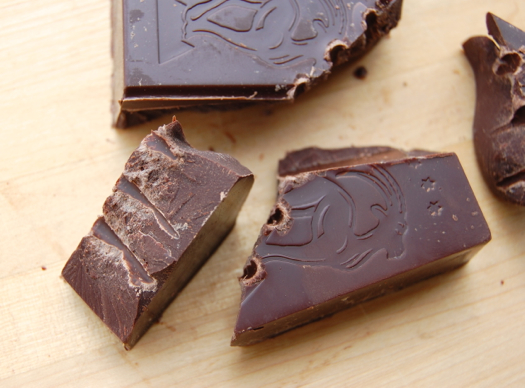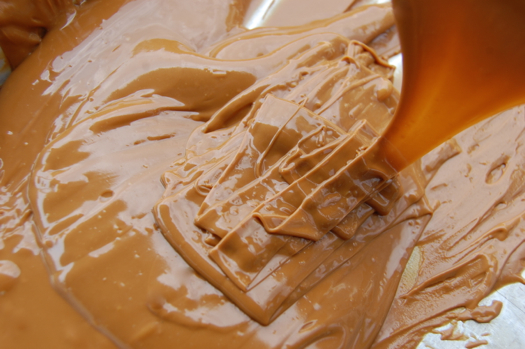Dark Crystal
Reader Evelyn wants to know: why does tempered chocolate have a higher melting point than untempered chocolate? When I wake up to a food science question like this I can only say: life is good.
The answer is that it all has to do with crystals. As regular Joe Pastry readers know, crystals abound in the kitchen. Certainly in the salt shaker and the sugar bowl, but in lots of other places besides. There are starch crystals (in bread) and fat crystals (in solid fats like butter). There are even such things as protein crystals, though I honestly don’t know where (or if) they occur in the kitchen. Will a real scientist please stand up?
READ ON


